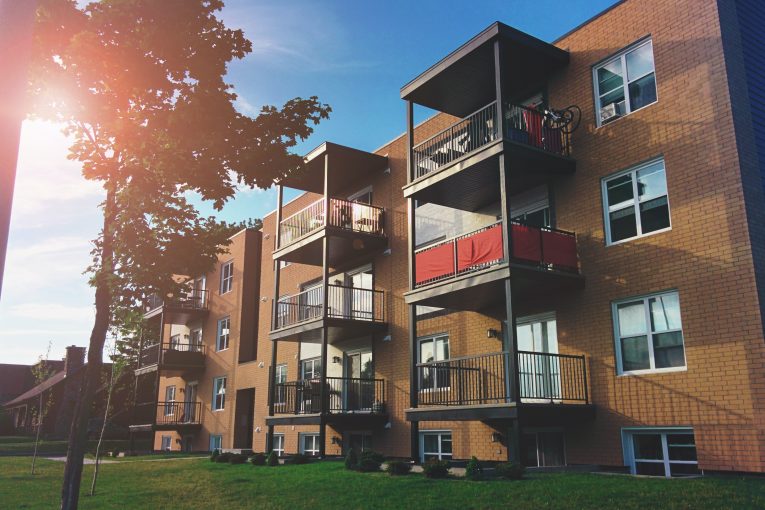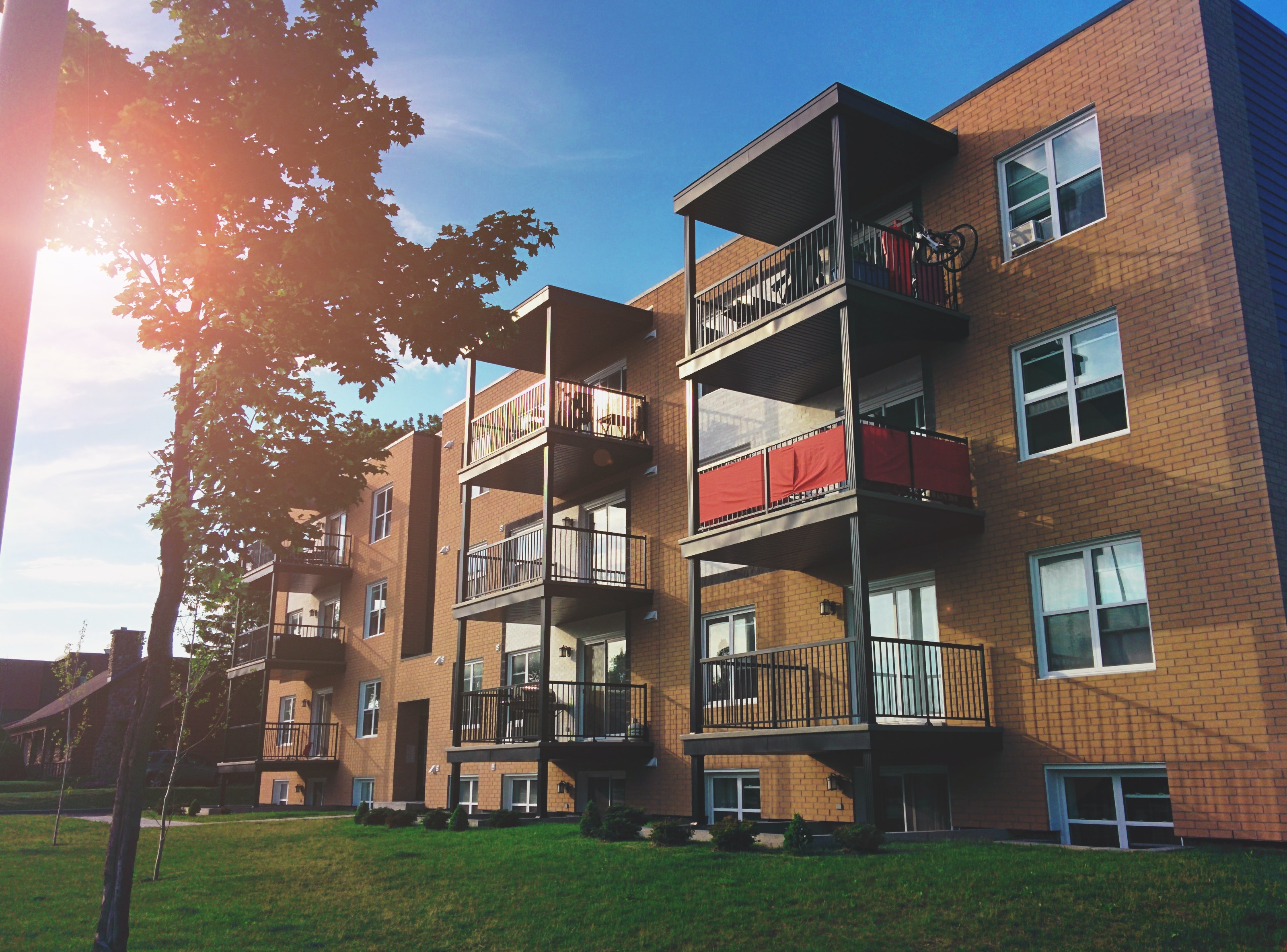

Special to the Vanguard
Sacramento, CA -Legislation that would remove barriers to housing construction was introduced last week by Senator Scott Wiener. SB 294 strengthens cities’ ability to build dense, multi-family housing by raising the minimum allowable cap cities may place on square footage (the floor area ratio, or FAR) for buildings above 10 units.
“If a city zones for a particular density, it should not be able to make that density impossible by imposing impossible-to-meet square footage limits,” said Senator Wiener. “By blocking construction in areas they have zoned for dense housing, hyper-restrictive FAR allows cities to give with one hand while taking with the other. It’s the state’s role to stop this abuse and remove needlessly restrictive barriers to zoned housing  construction.”
construction.”
According to the Senator, California’s severe housing crisis is “due in part to the web of regulations and permitting requirements cities have erected to exercise local control over development. Frequently, cities use these smaller regulations to block development – especially of dense, multi-family housing – even in places they have ostensibly zoned for such development.”
“This bait-and-switch has allowed many cities to undermine their own housing goals,” a release stated.
Changes to the RHNA process made by Senator Wiener’s SB 828 (Chapter 974, 2018) have “significantly increased the number of housing units that most local jurisdictions are required to produce. Many cities will be unable to meet these targets – triggering the loss of billions of funding from the state – without changes that remove barriers to density.”
“One oft-abused regulation is the floor area ratio (FAR),” the release claimed.
The FAR is a requirement for the ratio between a building’s total floor area to the area of the parcel it is built on. This ratio is calculated by dividing the total floor area of the proposed building by the total area of the plot it’s being built upon. If a city’s FAR is set at 1.0, a developer could build a one story building that covered the entire lot, a two story building that covered half the lot, and so on. If the FAR is set at 1.5, a developer could build a two-story building that covers three quarters of the plot, or a three story building that covers half the plot, etc. The rest of the plot must be taken up by yard space or other outdoor uses.
According to the Senator, “Cities frequently set the FAR too low for developers to build anything more than one or two units. These regulations often contradict the city’s own zoning – for instance, they may zone an area for multifamily use up to 5 units, but set the FAR so low that none of the parcels in the zone can build livable 5-unit projects. Under this scenario, cities could submit a compliant housing element under RHNA, but block every proposal that would allow it to meet its own RHNA goals using FAR requirements.”
FAR is also not the only zoning regulation that restricts the size of buildings on a plot. Setbacks, parking minimums, and open space requirements also regulate what percentage of a plot can be taken up with building and floor space. Because these restrictions further reduce the amount of buildable space, in practice a FAR of 1.0 frequently does not allow a development to cover an entire lot.
In 2021, Governor Newsom signed Senator Wiener’s bill SB 478 (Chapter 363, 2021), the Housing Opportunity Act, into law. SB 478 tackled the FAR problem by requiring an FAR of 1.0 on lots zoned for 3-7 units, and an FAR of 1.25 on 8-10 units. The law was less strict than existing state law for ADUs, which nullified FAR requirements entirely, and applied only to areas already zoned for dense development – mostly urbanized areas in multi-family residential or mixed use zones.
UC Berkeley’s Terner Center for Housing Innovation studied SB 478, and found that it would improve FAR requirements in the vast majority of municipalities that use them. It found that 85 municipalities in California use FAR requirements. Of those, 71.7% had them set a 1.0 or below for multifamily housing, and 97.4% used them for single-family zones.
“SB 294 would build on this success by applying SB 478’s approach to areas zoned for 10 or more units. It would mandate a FAR of 2.5 for projects between 11 to 20 units, and an increasing tiered FAR for projects above that, determined by the quantity of units,” Senator Wiener’s office explained in a release. “SB 294 would not change the zoning of any community, and does not override single family zoning. It merely removes obstacles to dense development where cities have already zoned for it.”
SB 294 is also sponsored by the Bay Area Council.
“SB 294 will make sure the housing we need and plan for is not undermined by a particularly onerous and technical design regulation,” said Louis Mirante, Vice President of Public Policy at the Bay Area Council. “This will help people build the homes our communities need, and we thank Senator Wiener for bringing this measure forward.





